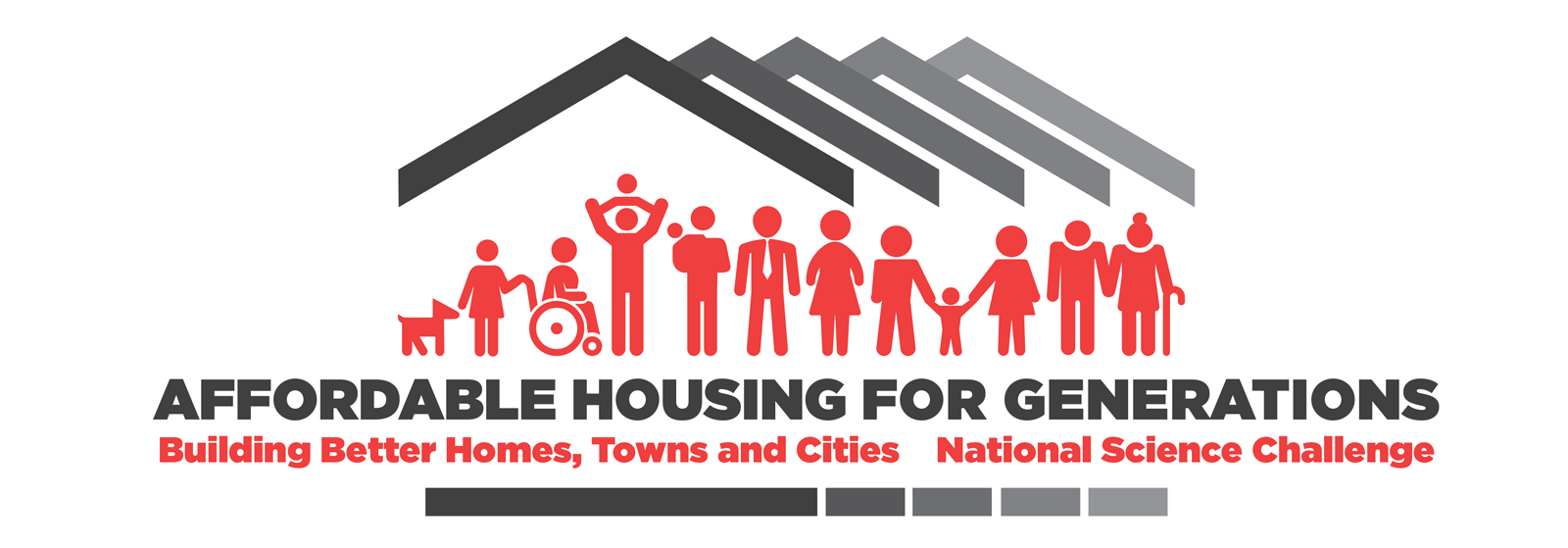Report for Affordable Housing for Generations
Housing unaffordability is a global concern impacting not just low-income but also middle and upper-income households, especially in New Zealand’s hyper-inflated markets. Unaffordability exacerbates social inequality and has fostered inter-generational division, particularly impacting
post-baby boomers unable to achieve owner occupation and save for retirement as their parents’ generation did.
This paper proposes a novel approach using a variation of the traditional residual income model to redefine housing unaffordability thresholds. Unlike the conventional approach, where households are assumed to survive on minimal expenses (‘rice and beans lifestyle’), we prioritise the wellbeing of household members and the general economy. Our affordable price point model stresses the importance of families living beyond sustenance and avoiding enslavement to housing expenses.
We illustrate New Zealand’s housing unaffordability predicament through case studies of Horowhenua District and Auckland. In both markets households with substantial incomes have few suitable housing options that permit them to match the benchmark cohort’s non-housing spending patterns. In Auckland, even first-time owner occupiers with $200k incomes face trade-offs that previously generations of similar means did not encounter.

